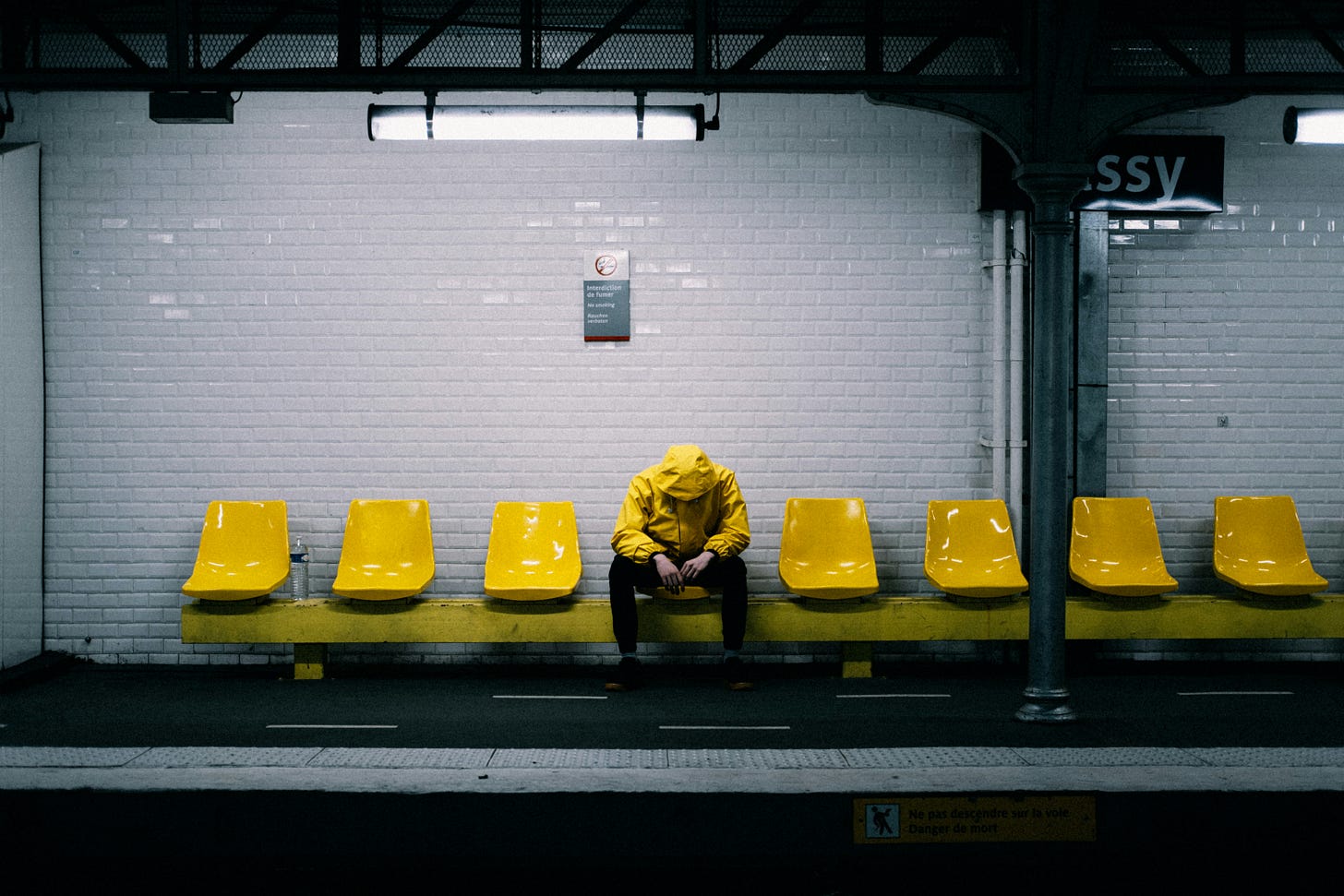Less Filters, More Facts: Why NOMAG Isn’t Your Instagram Travel Influencer
Because digital nomadism isn’t a vacation, and we’re not here for your passport-stamp flex.
Scroll through Instagram under the #digitalnomad hashtag and you’ll think you’ve cracked the code of modern life: a MacBook perched on the edge of an infinity pool, a strategically placed coconut, maybe a drone shot of someone meditating on a cliff before “jumping on a Zoom call.”
Cute. Entertaining. But also a complete fantasy.
Digital nomadism has been …
Keep reading with a 7-day free trial
Subscribe to NOMAG to keep reading this post and get 7 days of free access to the full post archives.



